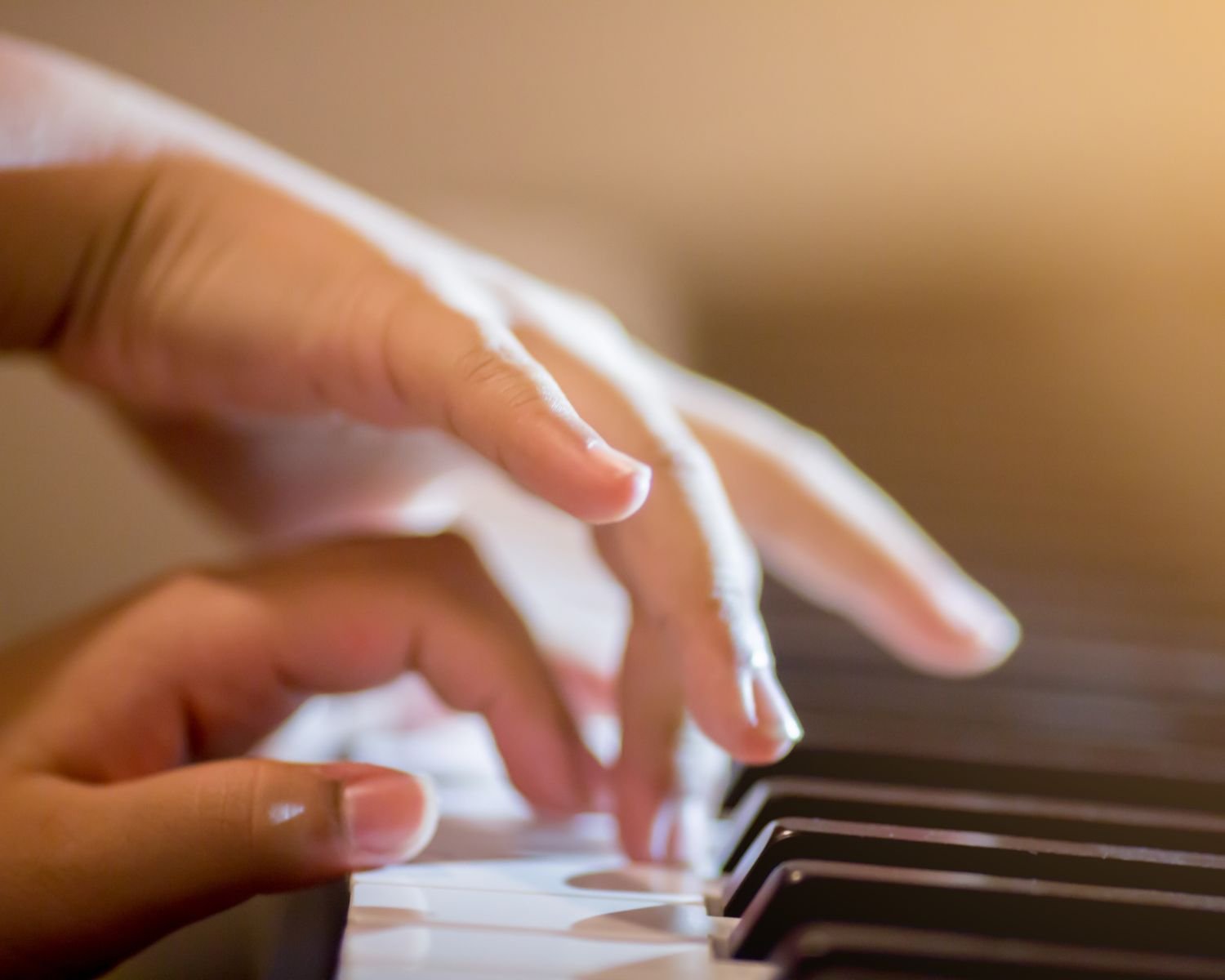5 tips for improving finger agility at the piano
As any seasoned pianist will tell you, playing the piano is like gymnastics for the fingers. To progress, gain confidence and improve the precision of your piano playing, you need to learn how to manage your finger dexterity. Would you like to improve your technique and make your playing more fluid? Discover our tips for working on your finger agility at the piano, and improving your playing speed, flexibility and dexterity!
Why is it important to work on finger dexterity at the piano?
To develop your piano technique
Working on finger dexterity enables you to play the piano more effectively and expressively, and thusoptimize your piano technique. With a few agility exercises, you'll gradually develop the intensity, speed and technique of your playing. Many classical and jazz pieces require fast, fluid execution. As well as becoming an ace pianist by mastering new techniques such as trills, arpeggios and fast octaves, you'll learn to control each finger independently. The secret of polyphony? Advanced finger dexterity. You can control your left and right hands independently, so that each sound is clear and distinct.
To build endurance and prevent the risk of tendonitis
As a pianist, your fingers are extremely valuable tools. So working on finger agility is a good way to avoid the risk of tendonitis. As with sport, regular finger training can prevent overuse injuries. Dexterity work also increases the endurance of fingers, hands and arms, enabling you to play for longer periods without fatigue or pain. Having good control over the fingersalso helps to better manage dynamics and musical expression, such as the ability to play loudly or softly, and to move quickly from one finger to another.
5 tips for improving finger agility at the piano
1. Stretch your body before taking up your keyboard
Beyond your hands, when you play the piano, every muscle in your body is mobilized. So before you play a piece on the piano, remember to warm up! Warming up prepares you for playing and focuses your attention. Without running a marathon, stretching and relaxation exercises help prevent tension and injury.
For example, take a few minutes to practice this sequence from the upper body to the fingertips:
Make circular movements of the head and arms (in both directions);
Stretch the back of the arms by holding it with the opposite hand;
Turn the wrists in one direction, then the other;
Join the phalanges of both hands and spread your palms apart;
2. Learn to position your hands and fingers correctly on the piano
Positioning your fingers well on the instrument is one of the first lessons you receive in a piano lesson. Good technique means keeping your wrists relaxed, your fingers curved and using the weight of your arm to press the keys. Take care to adopt a position on the keys that prevents you from putting all your strength on your fingertips alone.
Try to accentuate the support of each thumb and little finger, pause between chord lists, then vary the amplitude of your movements. Use opposite movements on your left and right hands to practice finger spacing during your piano session. Not very melodic to the ear, these little exercises are nonetheless very useful, as they aim to strengthen your playing fluidity. To take it a step further, you can apply just every other note with one of your hands. Thanks to this agility training, you'll also discover how your playing evolves according to the intensity brought to each key.
3. Work on hand independence
Piano dexterity is also about independence between the two hands. This is your ability to desynchronize your left and right hands. Making your two hands independent enables you to play more fluidly and smoothly.
For your brain to transmit different commands to your hands simultaneously, the first level of independence you need to acquire is rhythmic independence. There are many ways of practising rhythm, such as tapping a different rythm on each thigh. You can also create imaginary patterns with your hands. One of the best-known exercises is to draw a square with your left forefinger and a triangle with your right forefinger simultaneously. Annoyed? No problem! With a little practice, this synchronization game will become a reflex.
Tip: to develop your synchronization, consider using a metronome. Playing with the assistance of sound pulses helps develop a precise sense of rythm and better finger coordination. Start slowly, then gradually increase speed while maintaining precision.
💡 Set the tempo of your song and modify the rhythmic signature with the Newzik app's "metronome" functionality!
4. Play the piano without stopping
If it's advisable to take breaks between each piano exercise to check your posture, it's to make it easier to follow through the scales! Worried that you're getting ahead of yourself and that your notes won't sound right? Don't panic, you're here to practice.
To untie your fingers at the piano, you first need to practice. The idea? Forget your piano lessons and play without thinking. Playing the piano without stopping is a great way to improvise and be surprised by the spontaneity of your playing. Relax your hands and fingers, let go and let your fingers dance freely across the keyboard.
5. Regular exercise
All agility training and exercises (even short ones) are all the more useful if practised on a regular basis. Quick daily sessions, gradually increasing the duration and complexity of the pieces played, will be ideal for developing your endurance without risking injury.
For dexterity, start with simple exercises like scales and arpeggios to improve the flexibility and speed of your fingers. As for the duration of practice, the most important thing is frequency. 15 minutes a day is better than an hour a week. You can, for example, follow Hanon and Czerny's easy and useful method for practicing.
Good to know: many hobbies are useful for training pianists' fingers, such as knitting, tying fishing line or typing on a computer keyboard. All these activities are sources of manual dexterity.
🎶 As a pianist, do you practice a routine every day to work on your finger agility at the piano? Have your exercises proved their worth? Save your exercises in your personal library Newzik so you can follow and share them more easily! Now it's your turn!

